Ranging in size from compact to giant, viburnums are a spring-blooming knockout. Learn how to propagate viburnums and some growing tips to fill your property with these incredible plants.
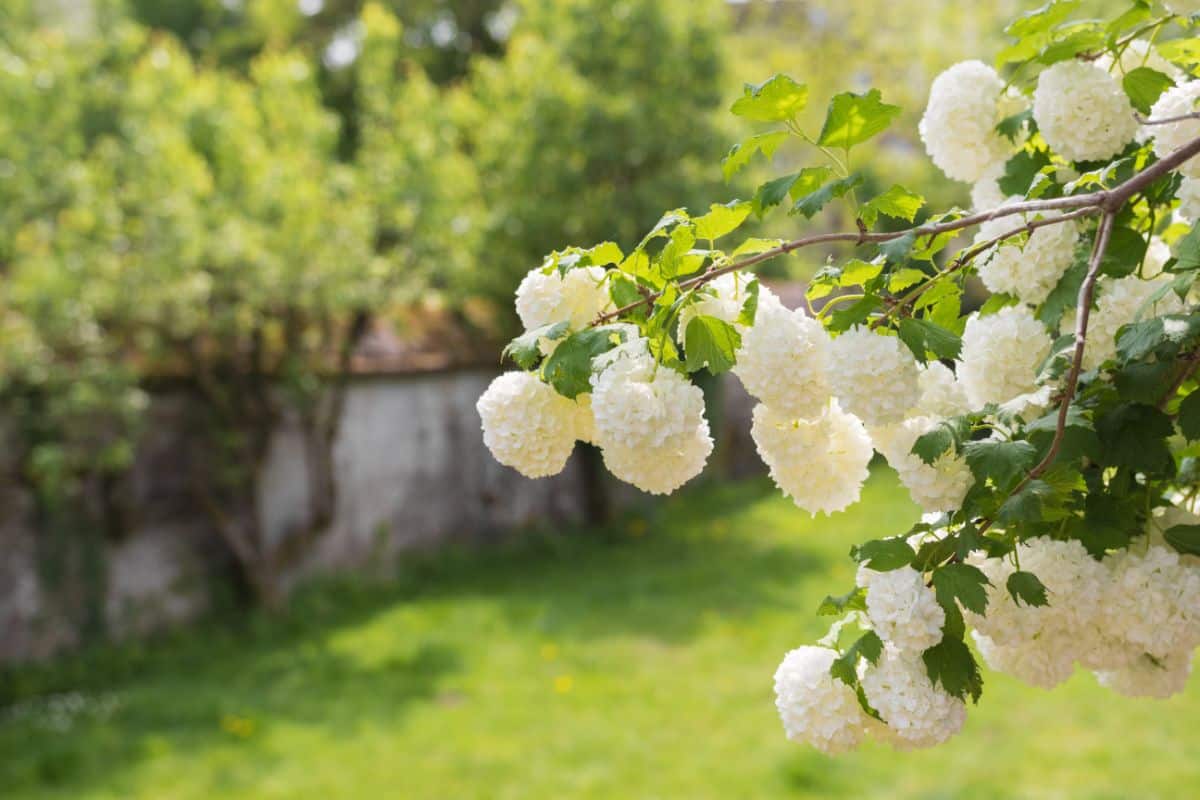
The genus of Viburnum is large and diverse. From small, evergreen varieties to large, almost tree-sized shrubbery with blooms as big as bread loaves, there is a viburnum for everyone.
Not to be confused with another favorite, the hydrangea; viburnums bloom in springtime and are more tolerant of sunshine. They are also easier to grow and require less maintenance.
Viburnums are versatile landscaping shrubs that can be put to many uses. Their multi-season interest provides a lot of bang for the buck. Beautiful blooms in spring are reason enough, but thick dark green foliage, attractive fall color, and wildlife appeal add to the mix. They also grow taller than deer can browse, unlike our beloved hydrangeas.
Visual screens are excellent uses of viburnums. Their thick and dense growth habit is an effective barrier even in winter. In the other three seasons, a hedge of viburnum can block the view entirely without looking like an artificial privacy fence.
Smaller viburnums make attractive foundation plantings along the garage or house and at the base of fences or front yard borders. Mix and match sizes to create a stunning 3-D effect that softens the edges and looks inviting.
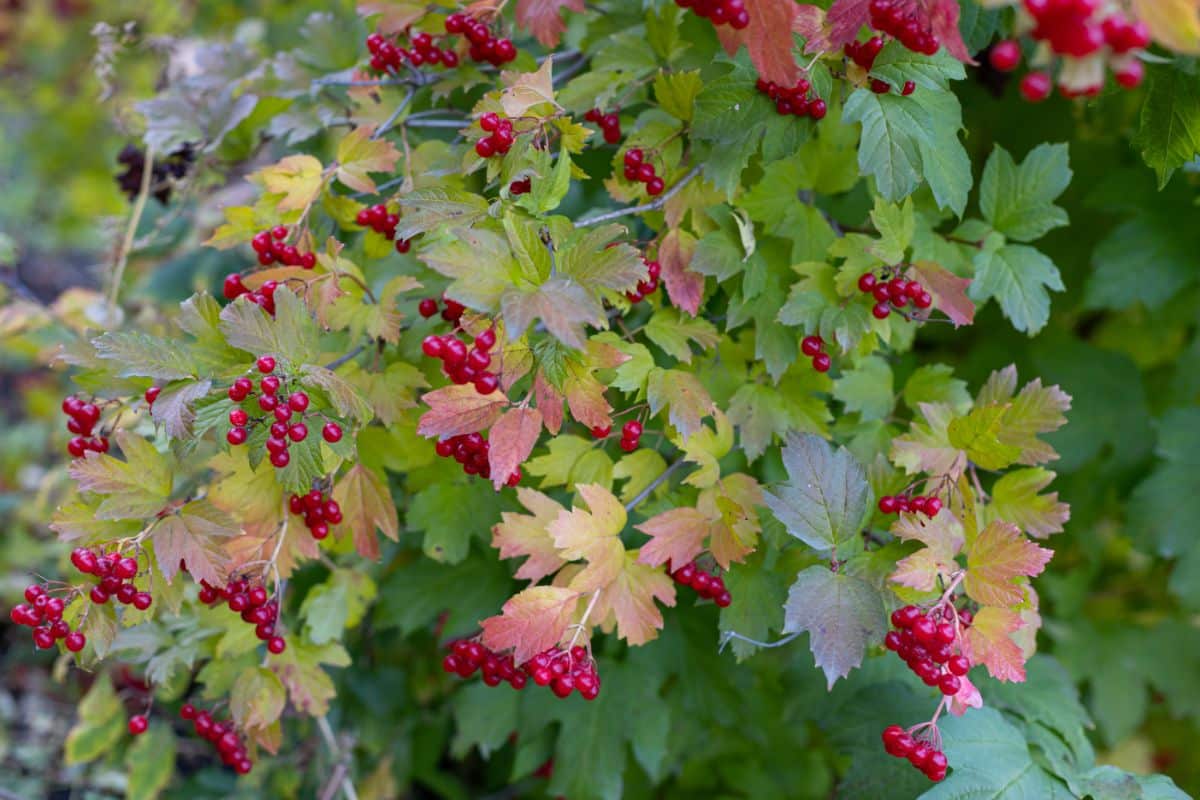
Viburnums belong to the genus Viburnum; dozens of species and hundreds of cultivars are available. The wide variety means there is a viburnum for every state, with some cultivars cold hardy down to USDA zone 3 and others tolerant of heat up to zone 11.
If you have a friend or neighbor with some vibrant viburnums, those plants will make an ideal source for a few cuttings, and you’ll get new plants adapted to your specific growing conditions.
Jump to:
How To Propagate Viburnums From Cuttings
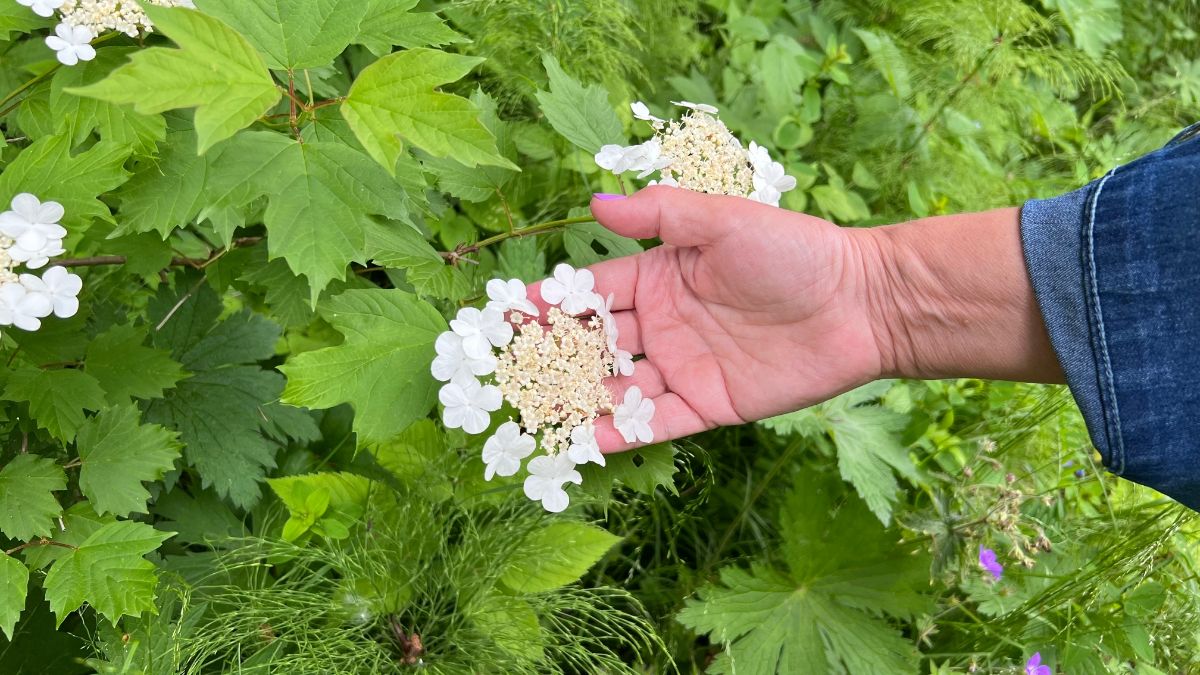
No one method works universally well for all viburnums, but there are similarities. Nursery operators will vary the media, hormone strength, and time of year to maximize their success. For the home gardener, the difference between a 45% and 80% success rate doesn’t matter. Just take a few extra cuttings to ensure you get what you need. If you would like to make 5 new viburnums, stick 20 cuttings. Extras can always be given away or sold.
Viburnums can be rooted with softwood, semi-hardwood, or hardwood cuttings. If using softwood cuttings, wait until they are firm enough to stand up by themselves. Cuttings from very young growth can be floppy and wilt before they root.
To Grow A New Viburnum Plant By Taking Stem Cuttings
- Take cuttings from healthy young branches that are not in bloom.
- Select a piece of stem that is about four to six inches long.
- Trim it off with sharp scissors or secateurs.
- Strip all but the top pair of leaves off the stem, and make a fresh cut just below a node. The node is the most likely place where new roots will develop. Obviously, if you took late winter hardwood cuttings, there are no leaves to remove.
- Fill a small container or pot with a well-moistened propagation mix. Damp sand, shredded pine bark, or perlite all work well, as does a mixture of coconut coir and perlite using a 1:1 ratio.
- Moisten the bottom half-inch of the stem and dip it in a rooting hormone. See the next section for how to choose the correct strength.
- Poke a hole in the medium and gently insert your cutting.
- Firm the medium around the stem and place it in a bright location out of direct sunlight. Don’t let your cuttings sit in the sun until they have rooted well and are adding new growth.
- Cover the cuttings with a humidity dome or a plastic bag, but don’t let the plastic touch the leaves. Use sticks or pencils to prop up the sides. Mist the cuttings with a spray bottle periodically.
- In 1-2 months, you can check the progress of your new plants’ roots by gently giving the stem a little tug. If there is resistance, your viburnum cuttings have grown roots. If not, and there is no evidence of rot or dehydration, give them some more time. Set them out of the way and forget about them for a couple of months and they’ll root.
- After several months, move them into small individual pots until they are ready for transplanting. Gallon pots should be sufficient to give them room to grow.
Selecting Rooting Hormones
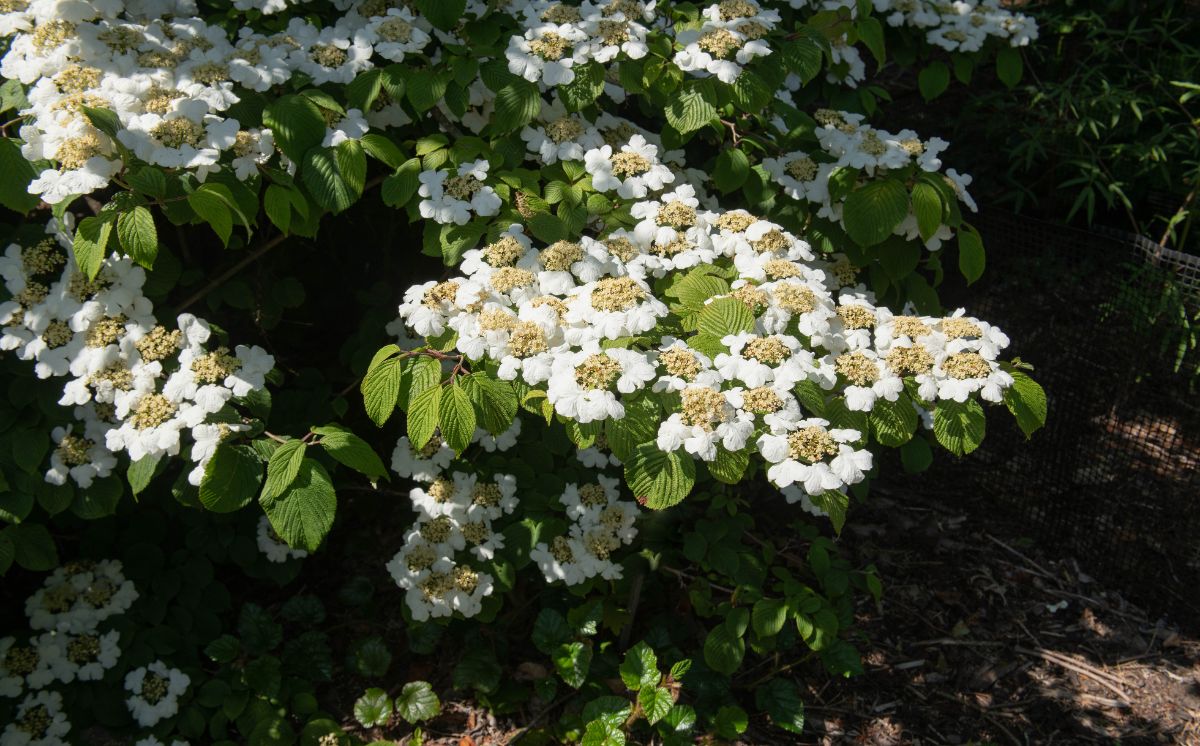
Rooting hormones mimic natural hormones (specifically auxins) in plants. They can be a big help in getting cuttings of woody plants to root more reliably.
Rooting hormones, whether powder, liquid, or gel, are available in several strengths. While it may be tempting to think that if a little is good, a higher concentration is better, that is not true. Some plants will suffer chemical burns or fail to root if the concentration is too high.
The typical active ingredient or synthetic hormone is Indolebutyric acid (IBA). Viburnum softwood cuttings can usually be rooted with good success using 1000 ppm hormone. Hardwood cuttings may need 8-10,000 ppm, and semi-hardwood cuttings 3-5000 ppm.
These are general guidelines. Rooting hormone is inexpensive, so keep a few different strengths on hand and experiment. As you expand your propagating skill, take notes on what worked and what did not. There is no hard and fast rule. Success varies with many factors.
If your bottle gives the amount of active ingredient as a percent instead of ppm, multiply that percentage by ten thousand to get the ppm of the active ingredient.
Example: 0.1% active ingredient x 10,000 = 1000ppm of active ingredient
Tips For Growing Viburnums
Once your new viburnums have filled out and look strong, it’s time to plant them out! Here are a few tips to follow to keep them happy.
Sunlight Requirements
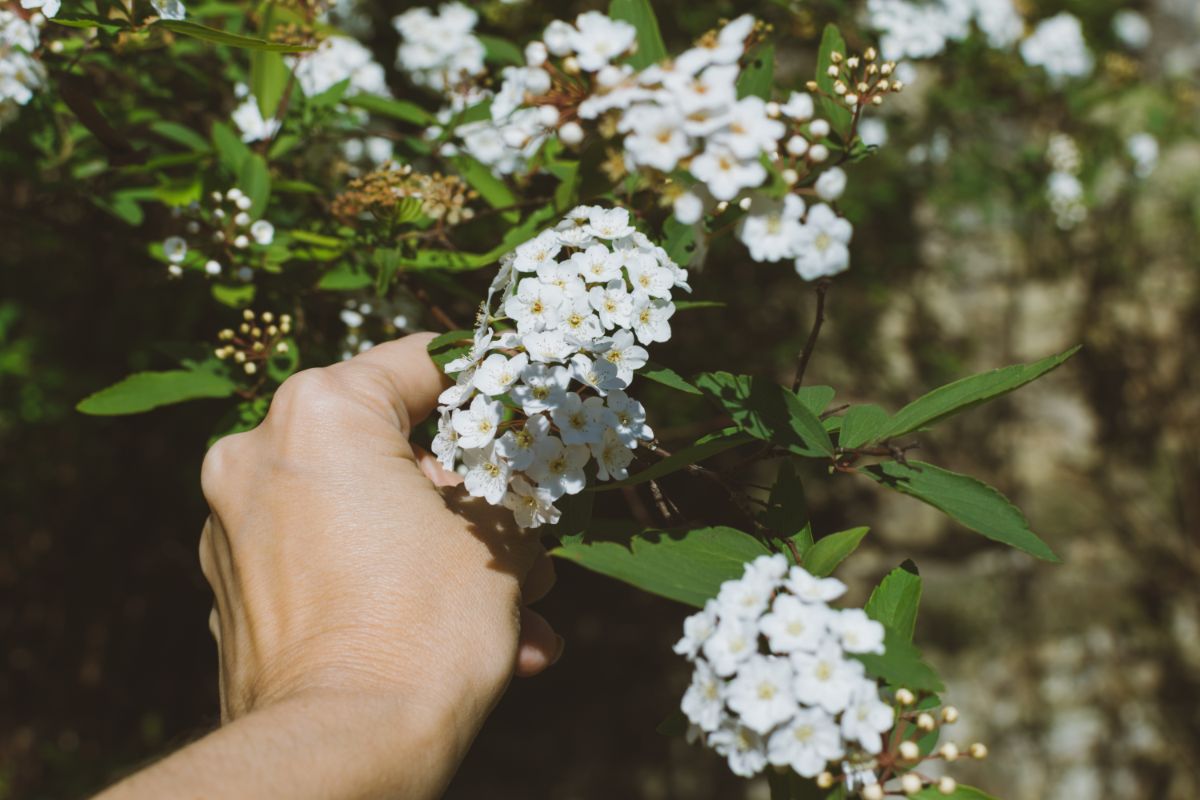
Plant your viburnums in full sun to partial shade. The full shade will result in poor growth. Find a spot with at least 4-6 hours per day of sun for the best blooms.
If you are at the extremes of the climate range for the viburnum variety you selected, take that into account. A zone 3-9 shrub planted in zone 9 will want some afternoon shade. That same shrub planted in zone 4 will be happy with the afternoon sun.
Soil Needs
Viburnum is tolerant of most soils but does need good drainage. Wet soils with poor drainage can be problematic. They like slightly acidic soil, but anything neutral or lower is fine.
Viburnums can be fertilized annually in spring with a general-purpose, slow-release fertilizer.
If you plant your viburnum in a container, ensure it has adequate drainage and is large enough for them to develop a healthy root system. Containerized viburnum can be fertilized monthly during the growing season. Pick a large pot to give your viburnum room to grow and create a beautiful spring display.
Pruning Needs
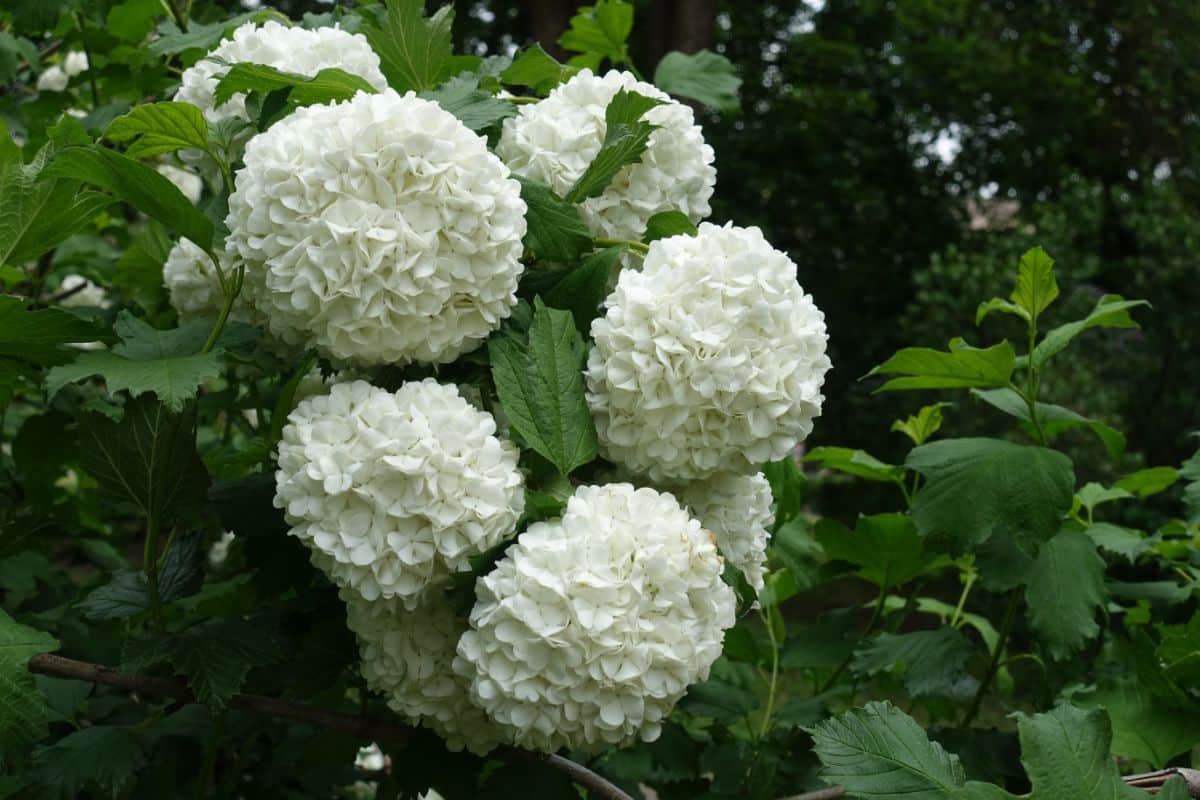
Viburnum bloom on old wood, meaning flower buds are formed on last year’s growth. Any pruning should be done in summer, immediately after flowering is over. Waiting until winter can mean the removal of next year’s flowers.
Check out this quick explanation from the University of Illinois Extension on how and when to prune viburnum and other spring flowering shrubs.
Mulch Your Viburnum Plants
Mulching viburnums help to maintain soil moisture, improve soil structure, and decrease weeds and grass. More importantly, mulching keeps you from damaging your viburnums with the lawnmower deck or string trimmer.

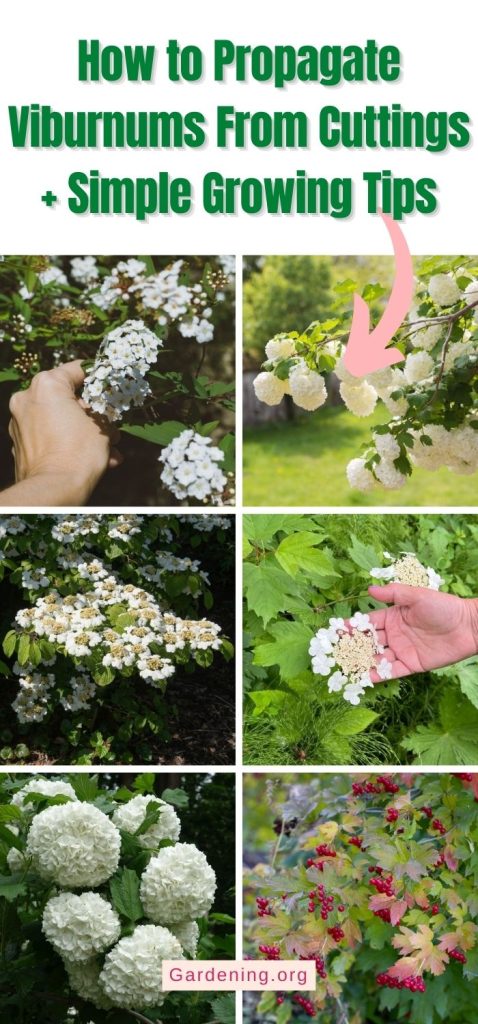
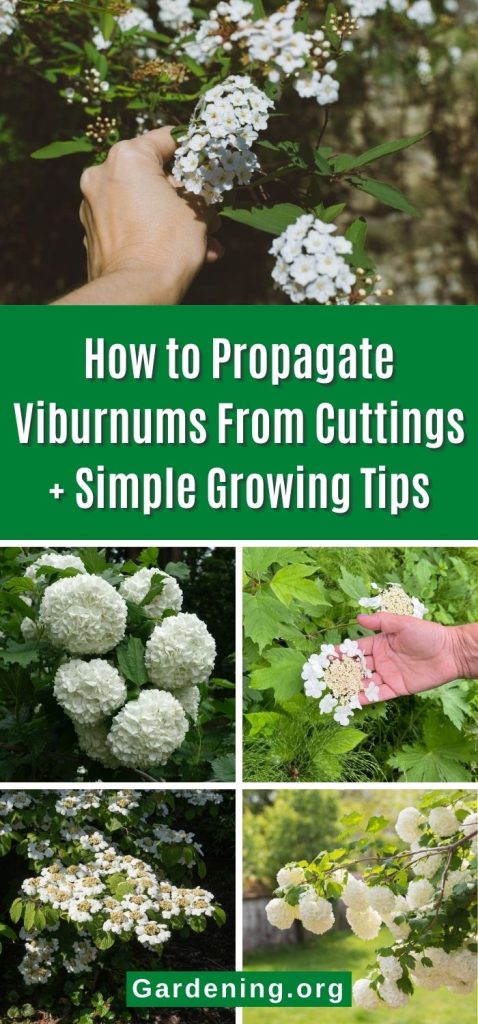
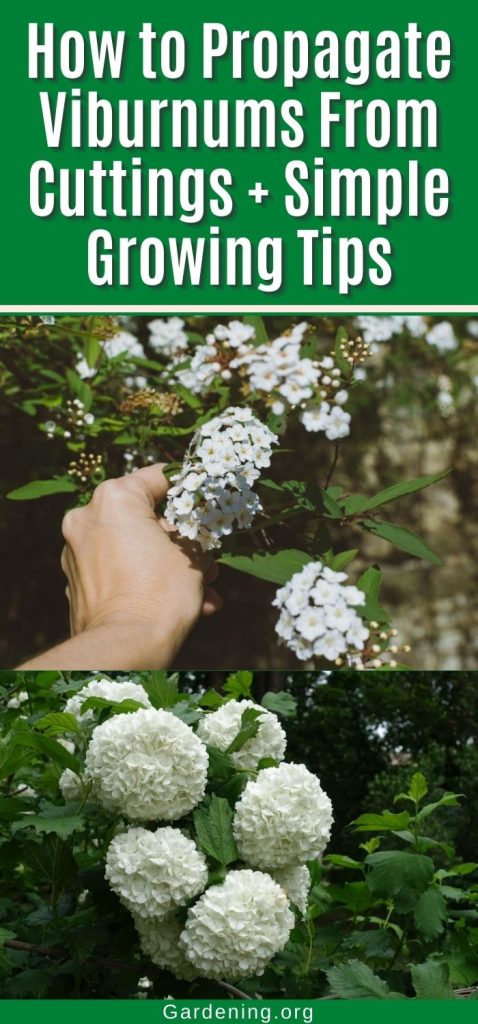
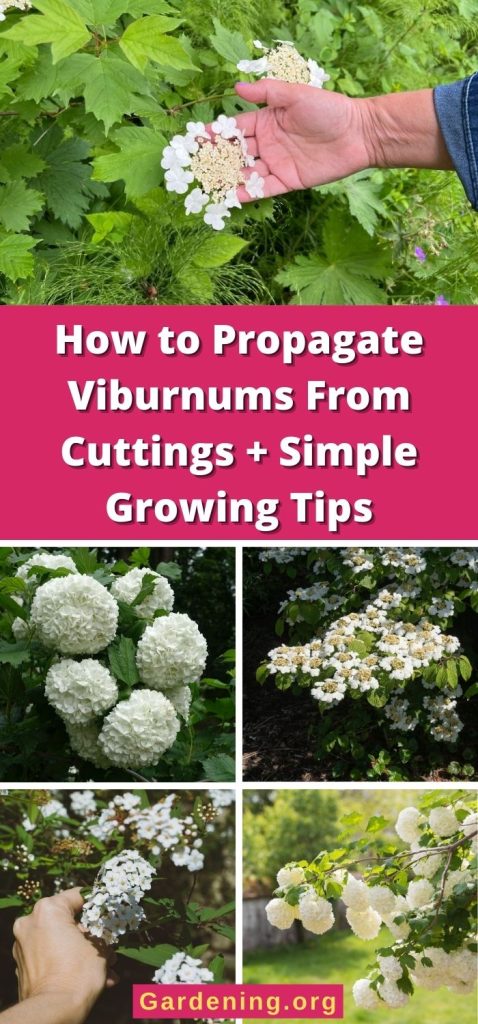




Leave a Reply